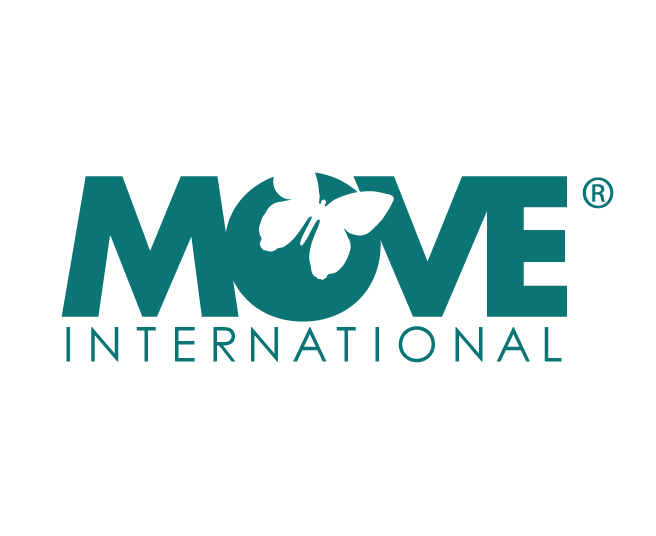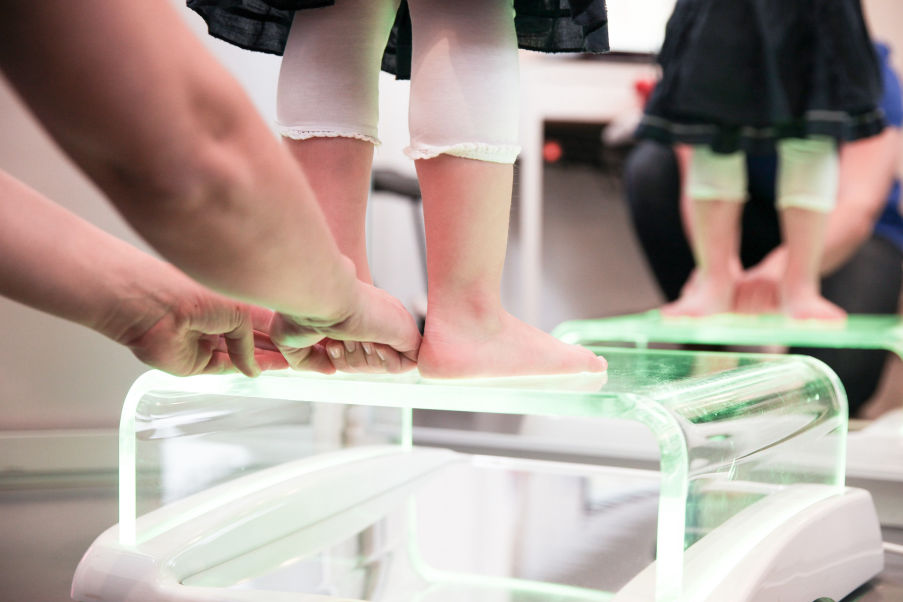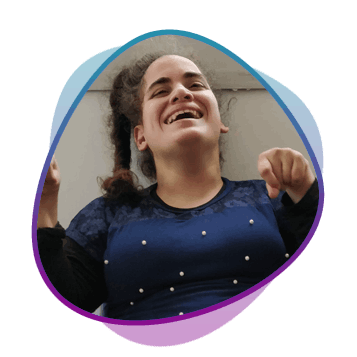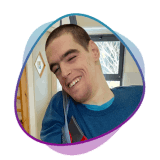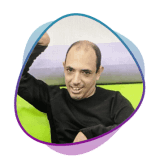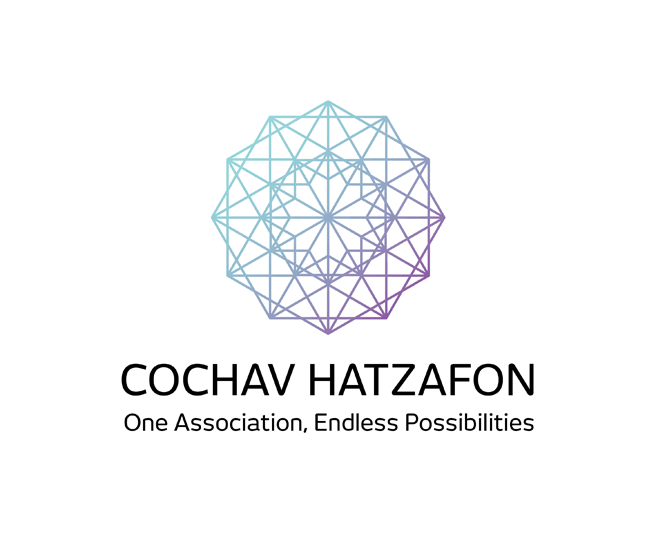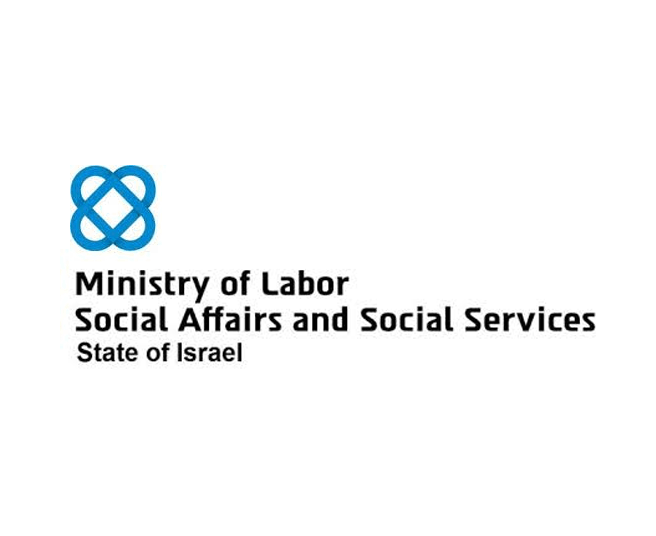MOVE International
MOVE International seeks to improve the overall quality of life for people with disabilities (regardless of age or cause of disability) and the people who care for them. MOVE promotes fuller participation in homes, schools, work, day programs and community life to encourage the dignity and hope such participation brings.
